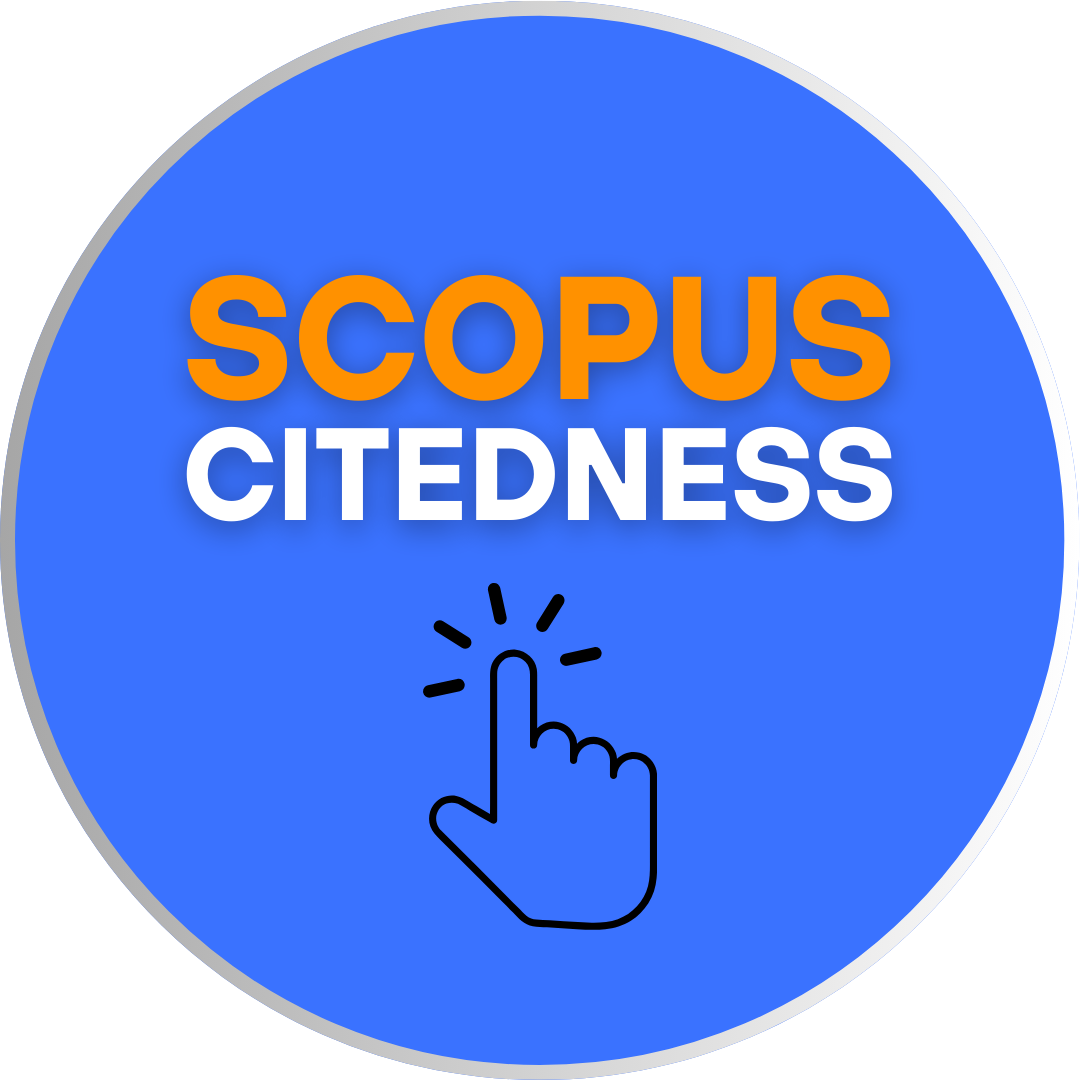MICROTEACHING AS TEACHING STRATEGY OF COMPUTER ASSISTED LANGUAGE LEARNING (CALL) FOR ENGLISH PRE-SERVICE TEACHERS
DOI:
https://doi.org/10.18592/let.v8i2.2399Keywords:
CALL, Pre-service Teachers, Microteaching, Higher Education, Teaching Strategy.Abstract
In order to facilitate English pre-service teachers to have ability in integrating technology in the classroom, microteaching is one of teaching strategy solutions. This present study examines how microteaching was used as teaching strategy of Computer Assisted Language Learning (CALL) for English pre-service teacher. It is case study design. The setting of this study was in one of Islamic State University in Indonesia, in the English Education Department. The data are from interview, document analysis, and observation. The result shows that the teaching strategies of Computer Assisted Language Learning (CALL) which was a microteaching consisted of lesson planning, teaching, and evaluating. Lesson planning and teaching step were done by the English pre-service teacher. Yet, the evaluating step was done by the lecturer and peer pre-service teachers. The significance of this study is for example on how to implement microteaching of Computer Assisted Language Learning (CALL) to English pre-service teachers.References
Collins, M. & Berge, Z. (1996). Facilitating interaction in computer mediated online courses. Retrieved May 30, 2001: [http://jan.ucc.nau.edu/ char126relaxmpc3/moderate/flcc.html]
Egbert, J. & Hanson-Smith, E. (1999). CALL Environments: Research, Practice, and Critical Issues. The Electronic Journal for English as a Second Language, 4(3), Xi-523.
García-López & Alamino (2013). Microteaching as a Self-Learning Tool: Students’ Perceptions in the Preparation and Exposition of a Microlesson in a Tissue Engineering Course. Journal of Technology and Science Education, 3(2), pp 66-72, http://dx.doi.org/10.3926/jotse.71
Ghasemi, B., & Hashemi, M. (2011). ICT: Newwave in English language learning/teaching. Procedia - Social and Behavioral Sciences, 15, 3098–3102. https://doi.org/10.1016/j.sbspro.2011.04.252
Göçer (2016). Assessment of the Opinions and Practices of Student Teachers on Micro-Teaching as A Teaching Strategy. Acta Didactica Napocantia, 9(2), 33-46.
Hashemi, M. & Azizinezhad, M. (2013). A look at the status of computer assisted language learning and its applications. Procedia - Social and Behavioral Sciences, 93, 121–124. https://doi.org/10.1016/j.sbspro.2013.09.163
Higgins, A. & Nicholl, H. (2003). The experiences of lecturers and students in the use of microteaching as a teaching strategy. Nurse Education in Practice, 3, 220–227.
Jacques D. (2000). Learning in groups – a handbook for improving group work, 3rd edition Kogan Page. London: Routledge-Falmer.
Jiugen, Wenting & Wang Qi (2013). Microteaching Based on Internet and Multimedia Technology. The 8th International Conference on Computer Science & Education (ICCSE 2013) April 26-28, 2013. Colombo, Sri Lanka.
Katic, E. (2008) Pre-service Teachers‟ Conceptions about Computers: an ongoing search for transformative appropriations of modern technologies. Teachers and Teaching, Volume 14, Number 2, p. 157-179.
Levy, M. (1997). Computer-Assisted Language Learning. New York: Oxford University Press.
Lewis, C. (2002). Lesson study: A handbook of teacher-led instructional change. Philadelphia, PA: Research for Better Schools, Inc.
Papadima-sophocleous, S. (2012). CALL (computer assisted language learning) wiki, 34, 174–180. https://doi.org/10.1016/j.sbspro.2012.02.035
Papadima-Sophocleous, S. (2012). CALL (computer assisted language learning) wiki. Procedia - Social and Behavioral Sciences, 34, 174-180. doi: 10.1016/j.sbspro.2012.02.035
Queiroz, V. (2003). Roles and competencies of online teachers. The Internet TESL Journal. IX (7), July. http://iteslj.org/Articles/Queiroz- OnlineTeachers.html. (14 November 2005).
Simon, E. (2008). Foreign language faculty in the age of web 2.0. EDUCAUSE Quarterly, 31(3). Retrieved from http://www.educause.edu/EDUCAUSE+Quarterly/EQVolume312008/EDUCAUSEQuarterlyMagazineVolum/163109
Starr, L. (2003). Training Programs That Work. Retrieved December 01, 2018, from Education World: http://www.education-world.com/a_tech/tech165.shtml
Stigler, J., & Hiebert, J., (1999). The teaching gap. New York: The Free Press.
Teague F.A., Rogers D.W., Tipling R.N. (1994). Technology and media: Instructional applications. Dubuque, IW: Kendall/Hunt Publishing Company.
Thomas J. Diana Jr. (2013) Microteaching Revisited: Using Technology to Enhance the Professional Development of Pre-Service Teachers, The Clearing House: A Journal of Educational Strategies, Issues and Ideas, 86(4), 150-154, http://dx.doi.org/10.1080/00098655.2013.790307
Warschauer, M., & Healey, D. (1998). Computers and language learning: An overview. Language Teaching, 31, 57-71.
Zhou, G. & Xu, J. (2017). Microteaching lesson study: An approach to prepare teacher Candidates to Teach Science through Inquiry. International Journal of Education in Mathematics, Science and Technology (IJEMST), 5(3), 235-247. DOI:10.18404/ijemst. 296039
Zhou, Xu & Martinovic (2016). Developing Pre-service Teachers’ Capacity in Teaching Science with Technology through Microteaching Lesson Study Approach. EURASIA - Journal of Mathematics Science and Technology Education, 13(1), 85-103. DOI 10.12973/eurasia.2017.00605a
Downloads
Published
How to Cite
Issue
Section
License
Authors who publish with this journal agree to the following terms:
- Authors retain copyright and grant the journal right of first publication with the work simultaneously licensed under a Creative Commons Attribution License that allows others to share the work with an acknowledgement of the work's authorship and initial publication in this journal.
- Authors are able to enter into separate, additional contractual arrangements for the non-exclusive distribution of the journal's published version of the work (e.g., post it to an institutional repository or publish it in a book), with an acknowledgement of its initial publication in this journal.
- Authors are permitted and encouraged to post their work online (e.g., in institutional repositories or on their website) prior to and during the submission process, as it can lead to productive exchanges, as well as earlier and greater citation of published work.
LET (LINGUISTICS, LITERATURE, AND LANGUAGE TEACHING) http://jurnal.uin-antasari.ac.id/index.php/let/index licensed under a Creative Commons Attribution 4.0 International License.
















